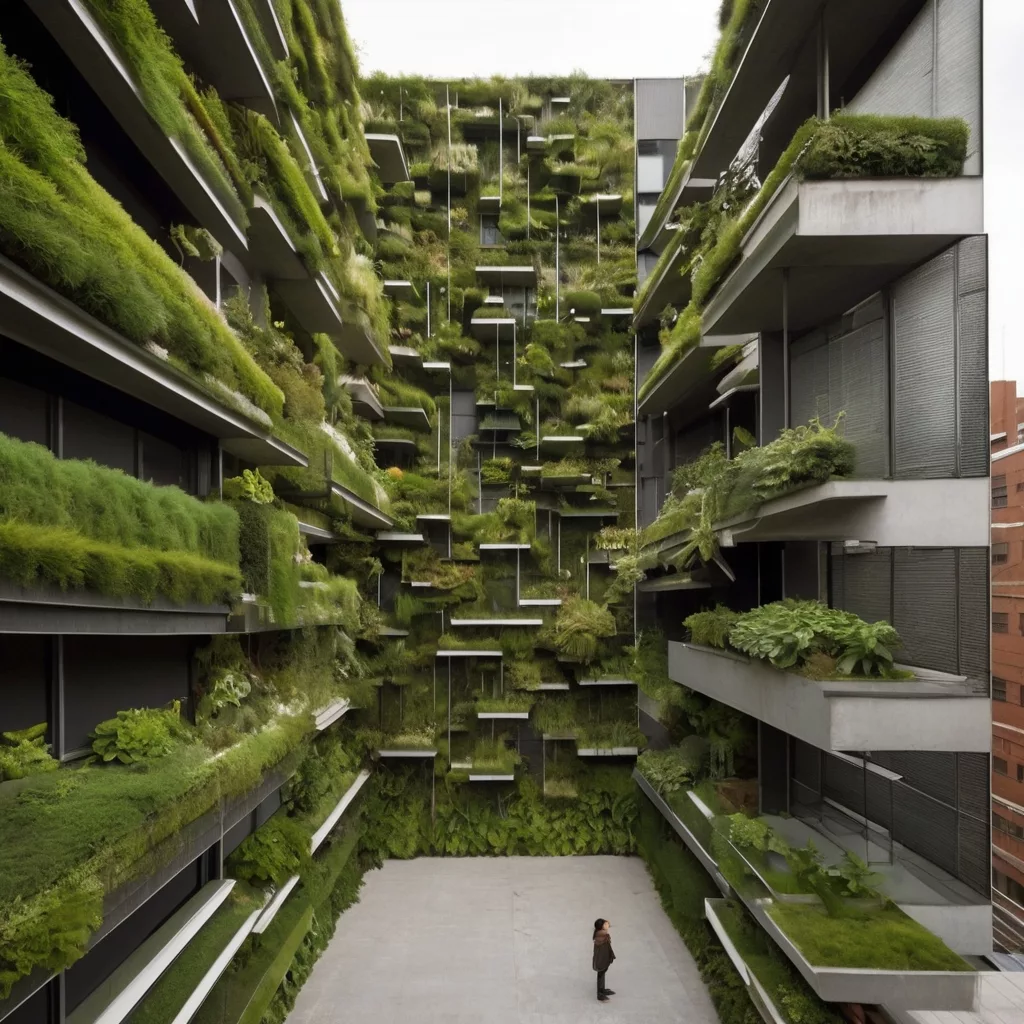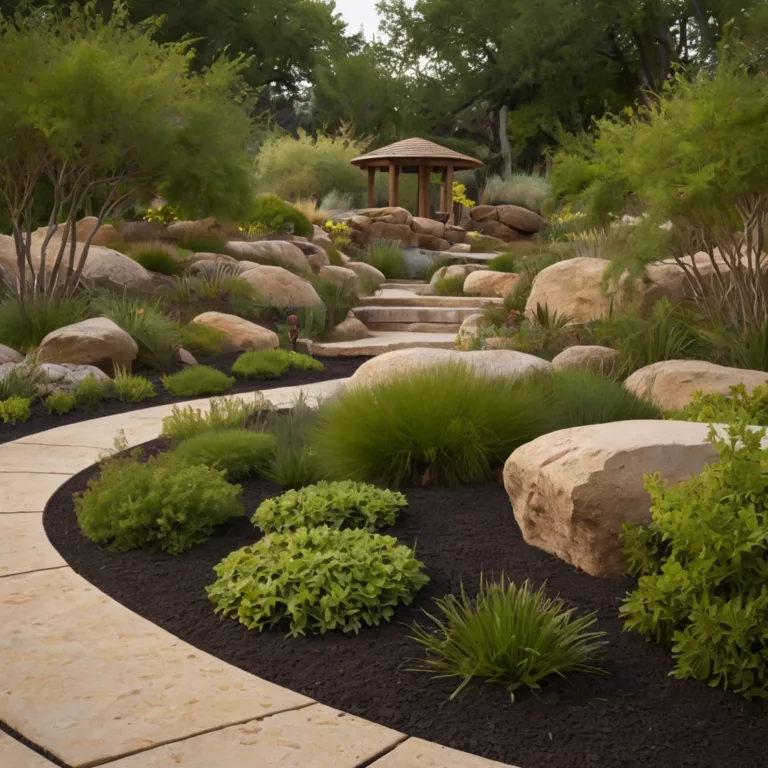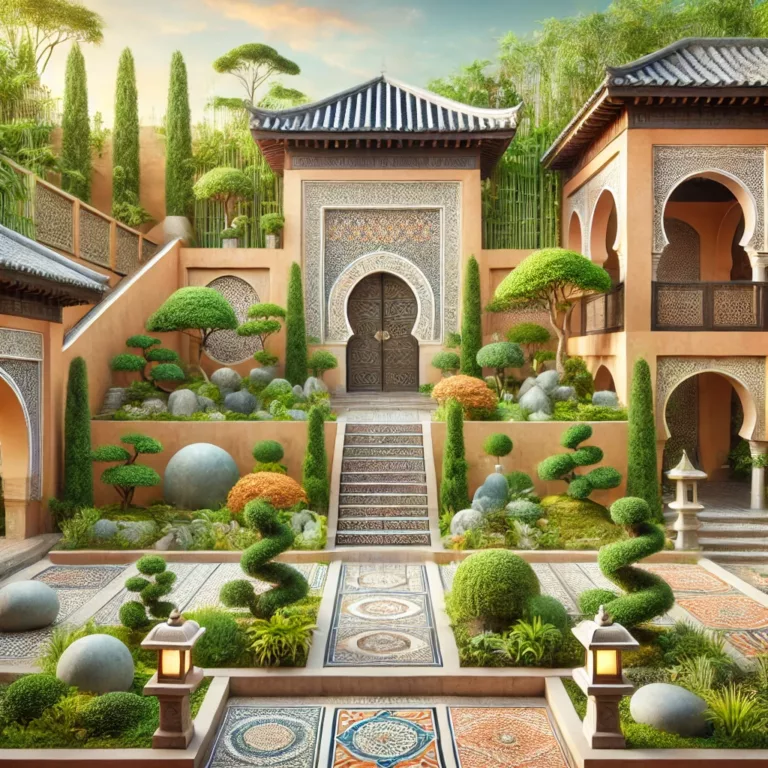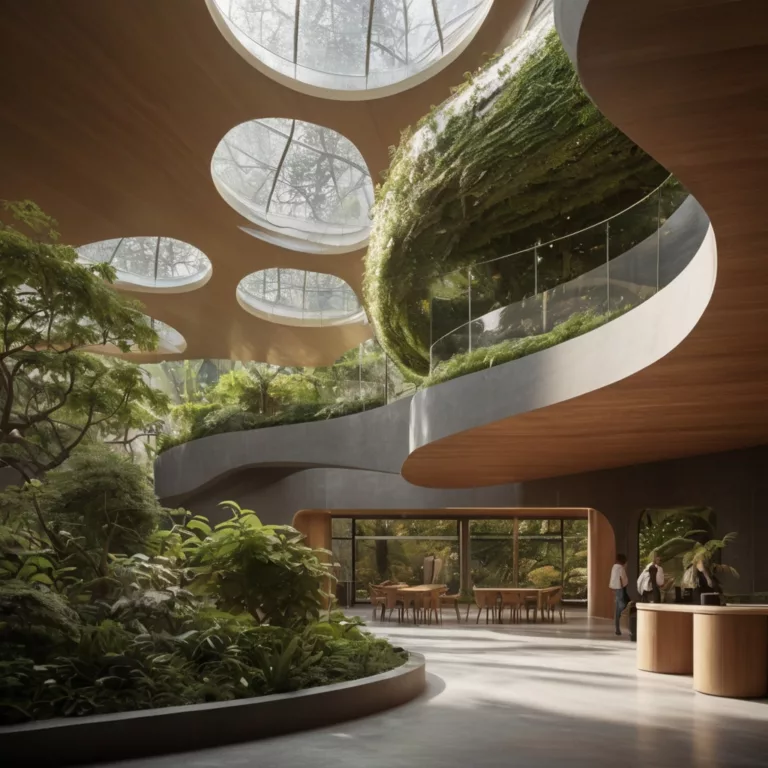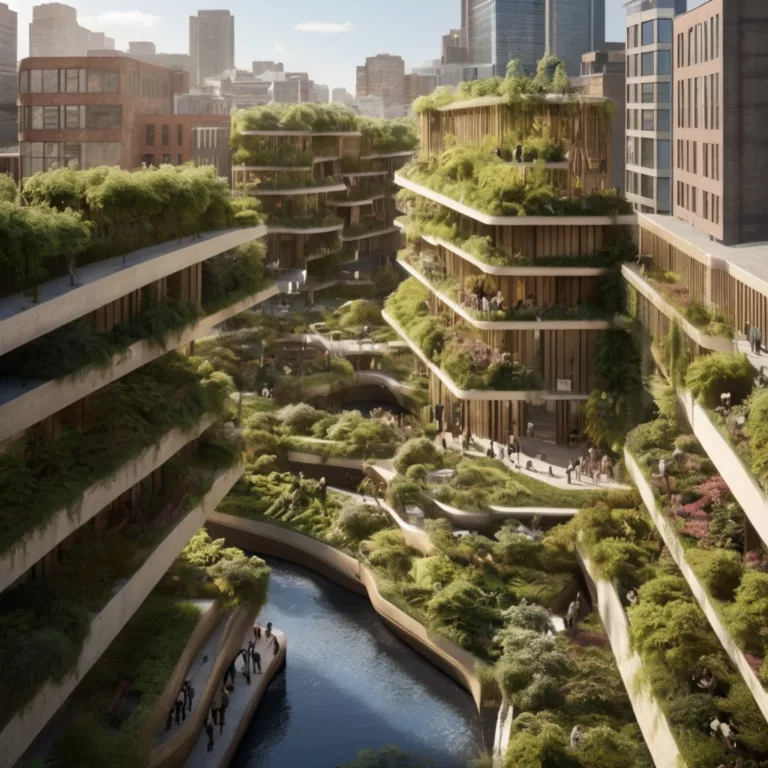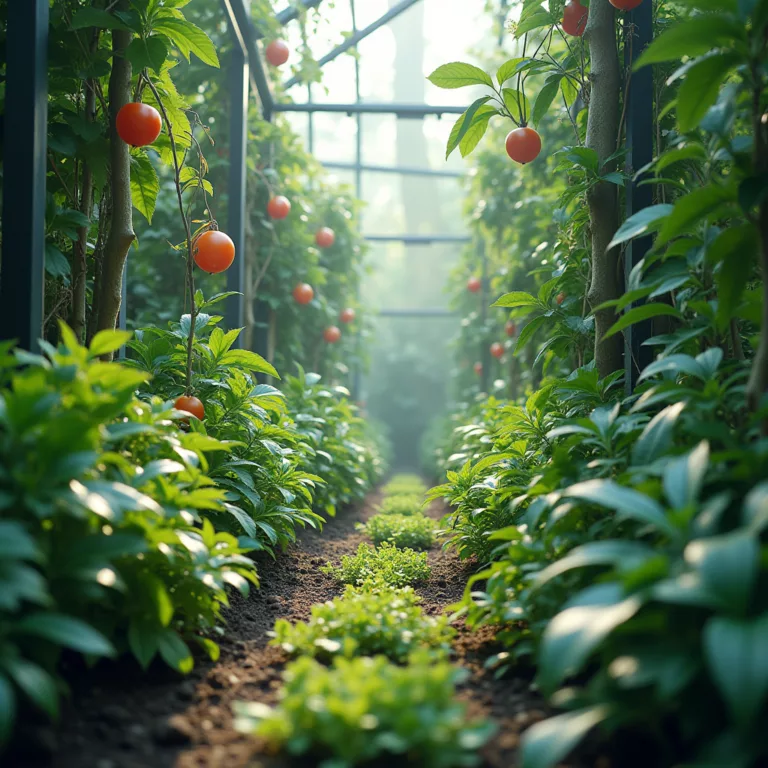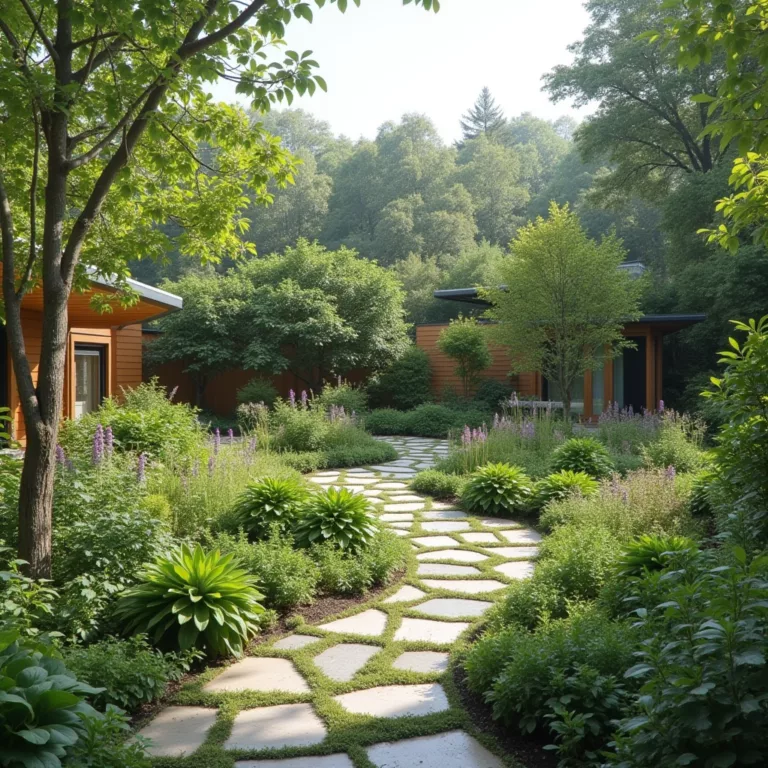Vertical Gardens: The Fusion of Art, Technology, and Ecology in Urban Landscapes
The Concrete Jungle’s Green Renaissance
Imagine a city where skyscrapers breathe, walls bloom with cascading flora, and urban spaces hum with biodiversity. As urbanization intensifies, vertical gardens emerge not just as trends but as vital lifelines, redefining sustainability and aesthetic innovation. This blog post unravels how vertical gardens are transforming cities into living ecosystems, blending cutting-edge technology with artistic vision.
1. Roots in History: From Babylon to Biophilia
Vertical gardens are not new. The Hanging Gardens of Babylon, one of the Seven Wonders, showcased ancient ingenuity. Fast-forward to the 20th century: French botanist Patrick Blanc revolutionized the concept with hydroponic living walls. Today, architects like Stefano Boeri (of Milan’s Bosco Verticale) push boundaries, proving that cities can coexist with nature.
2. Cutting-Edge Techniques: Beyond Hydroponics
A. Smart Gardens & AI Integration
Modern systems use IoT sensors to monitor soil pH, moisture, and light, adjusting conditions in real-time. AI algorithms predict plant health, optimizing growth cycles. Companies like Biomimicry Labs develop “self-healing” walls where drones repair damaged sections.
B. Aeroponics & Space-Age Tech
NASA-inspired aeroponics mist roots with nutrients, using 95% less water than traditional methods. Startups like Vertical Future employ this in urban farms, growing herbs atop parking garages.
C. 3D-Printed Ecosystems
Using biodegradable substrates, 3D printers create intricate lattice structures for plant roots. The GreenWave Initiative in Rotterdam features walls printed with mycelium, fostering symbiotic fungi-plant relationships.
D. Modular Plug-and-Play Systems
Modular panels like LivePanel allow instant installations. Each module integrates irrigation and drainage, enabling “living murals” that shift with seasons.
3. Environmental Impact: Data-Driven Green Magic
- Air Purification: A study by Kuwait University found a 100m² vertical garden absorbs 8 kg of CO₂ annually and filters 1.3 tons of airborne toxins.
- Urban Cooling: Singapore’s Oasia Hotel reduced ambient temperatures by 6°C, cutting AC use by 30%.
- Biodiversity Havens: London’s Athenaeum Hotel wall hosts 260 plant species, attracting bees and rare butterflies.
- Stormwater Management: Sidwell Friends School in Washington, DC, uses green walls to absorb 90% of rainwater, mitigating flood risks.
4. Aesthetic Alchemy: Where Art Meets Ecology
Vertical gardens transcend functionality, becoming dynamic art installations.
- Living Canvases: Patrick Blanc’s Quai Branly Museum wall in Paris is a swirling tapestry of 15,000 plants.
- Biophilic Design: Google’s Milan office uses undulating green walls to reduce stress and boost creativity, aligning with biophilic principles.
- Cultural Narratives: Bangkok’s Mahakan Fortress garden weaves native plants into Thai heritage storytelling.
5. Tackling Challenges: Innovation in Adversity
- Structural Weight: Lightweight polymer textiles (e.g., UrbanGreens’ 10kg/m² panels) enable retrofitting on historic buildings.
- Maintenance: Robotics, like Tendril’s AI-powered pruning bots, automate care.
- Cost: Crowdfunded projects like Brooklyn Grange offset expenses via rooftop yoga classes and honey sales.
6. Futuristic Visions: The Next Frontier
- Solar Synergy: Spain’s SolarLeaf prototype integrates microalgae walls that generate biomass energy while shading buildings.
- Climate-Resilient Species: CRISPR-edited plants with drought-resistant genes are being tested in Dubai’s Vertical Desert Project.
- Floating Gardens: Rotterdam’s DakAkker explores raingarden barges to green waterways.
7. DIY & Community Empowerment
- Microgardens: Use magnetic planters (like VertiCrop) for apartment balconies.
- Guerrilla Gardening: Collectives like Mossless seed abandoned walls with drought-tolerant moss graffiti.
- School Programs: Tokyo’s Green Curtain Movement teaches kids to grow edible walls, yielding 200kg of veggies annually per school.
Conclusion: Cultivating a New Urban Ethos
Vertical gardens are more than installations—they’re statements of hope. As climate challenges mount, these living systems offer a blueprint for regenerative cities. By embracing them, we don’t just survive; we thrive, crafting metropolises that are as alive as the nature they embrace.
Call to Action: Redesign your space. Advocate for green policies. Let’s reimagine cities where every wall tells a story of growth and resilience.
Art11deco’s Vertical Vision: Explore our curated gallery of vertical garden art and join our webinar with pioneering designers. Together, let’s paint the future green. 🌿✨
This blog merges technical depth with artistic flair, aligning with Art11deco’s ethos. It invites readers to see vertical gardens as transformative tools for sustainable living and urban beauty.
Art11deco

